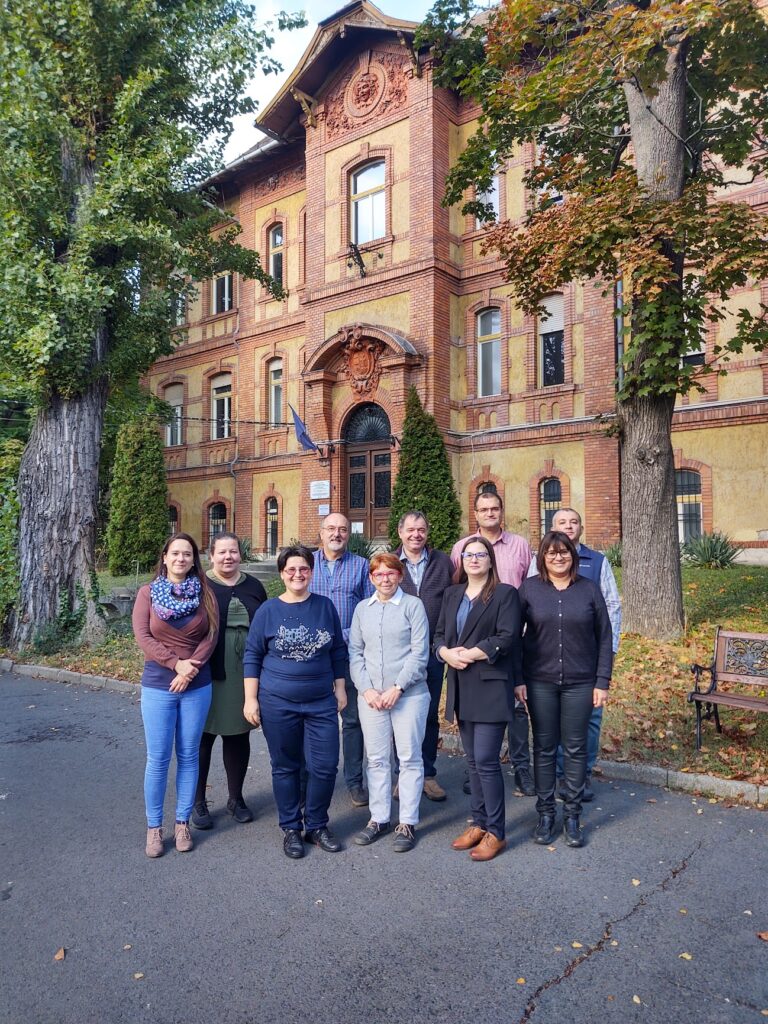There are five types of different activities that we will undertake in this project:
- PROJECT MANAGEMENT
- MA1 Legal Management
- MA2 Financial Management
- MA3 Networking and Cooperation
- MA4 Submission of interim report
- MA5 Submission of final report
- COMMUNICATION, DISSEMINATION AND OUTREACH
- MA6 Project webpage launch and updates
- MA7 Social Media outreach
- MA8 Advertising in local journals
- MA9 Internal communication
- PROJECT MONITORING, RISKS AND CONTINGENCY
- MA10 Project Monitoring
- MA11 Risk analysis
- PROJECT SUSTAINABILITY
- MA12 Intellectual outputs impact assessments
- MA13 Stakeholder involvement events
- M1 Kick-off meeting in Bucharest
- M2 Transnational Meeting in Ankara
- M3 Transnational Meeting in Budapest
- M4 Transnational Meeting in Sofia
- M5 Closing Meeting in Bucharest
- O1 `Nutritional quality of horticultural products` handbook, led by Romanian partner,
- O2 `Chemical pesticide-free horticulture` handbook – led by Bulgarian partner,
- O3 `Sustainable use of pesticides and their residues monitoring` handbook, led by Romanian partner,
- O4 `Urban horticulture` handbook, led by Bulgarian partner,
- O5 `Sustainable use of pesticides. Easing the way for a chemical-free horticulture` movie, led by the Turkish partner,
- O6 `Urban horticulture, a tool for a better living environment` movie, led by Bulgarian partner.
- O7 `Hort4EUGren Online platform`, led by Romanian partner.
- C1 Challenges of sustainable use of pesticides – Ankara
- C2 Intensive training on pesticide residues analysis – Budapest
- C3 Present and future in pesticide residues analysis- Budapest
- C4 Current status and perspectives of urban horticulture – Sofia
- C5 Relation between nutritional quality of foods and pesticides – Bucharest
- C6 Summer school “Harmonizing Southeastern European countries skills for `a pesticides-free environment`, Romania
- C7 Summer school `Urban Horticulture`, Sofia
- E1 `Contribution of the European Green Deal for development of urban horticulture`, in Bulgaria
- E2 `European Green Deal implications in Horticulture learning, teaching, and training activities`, in Romania






